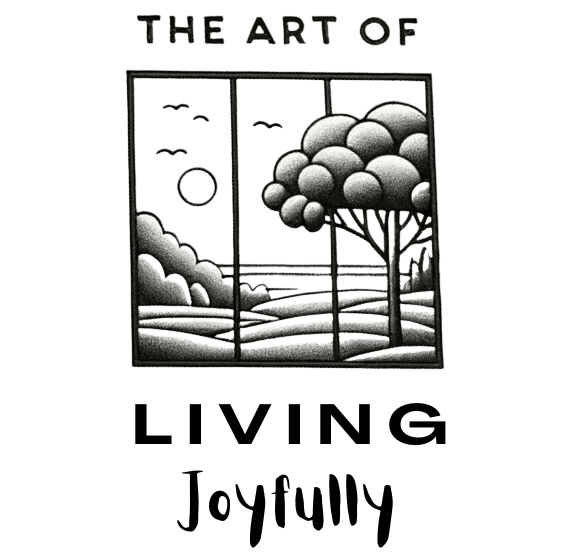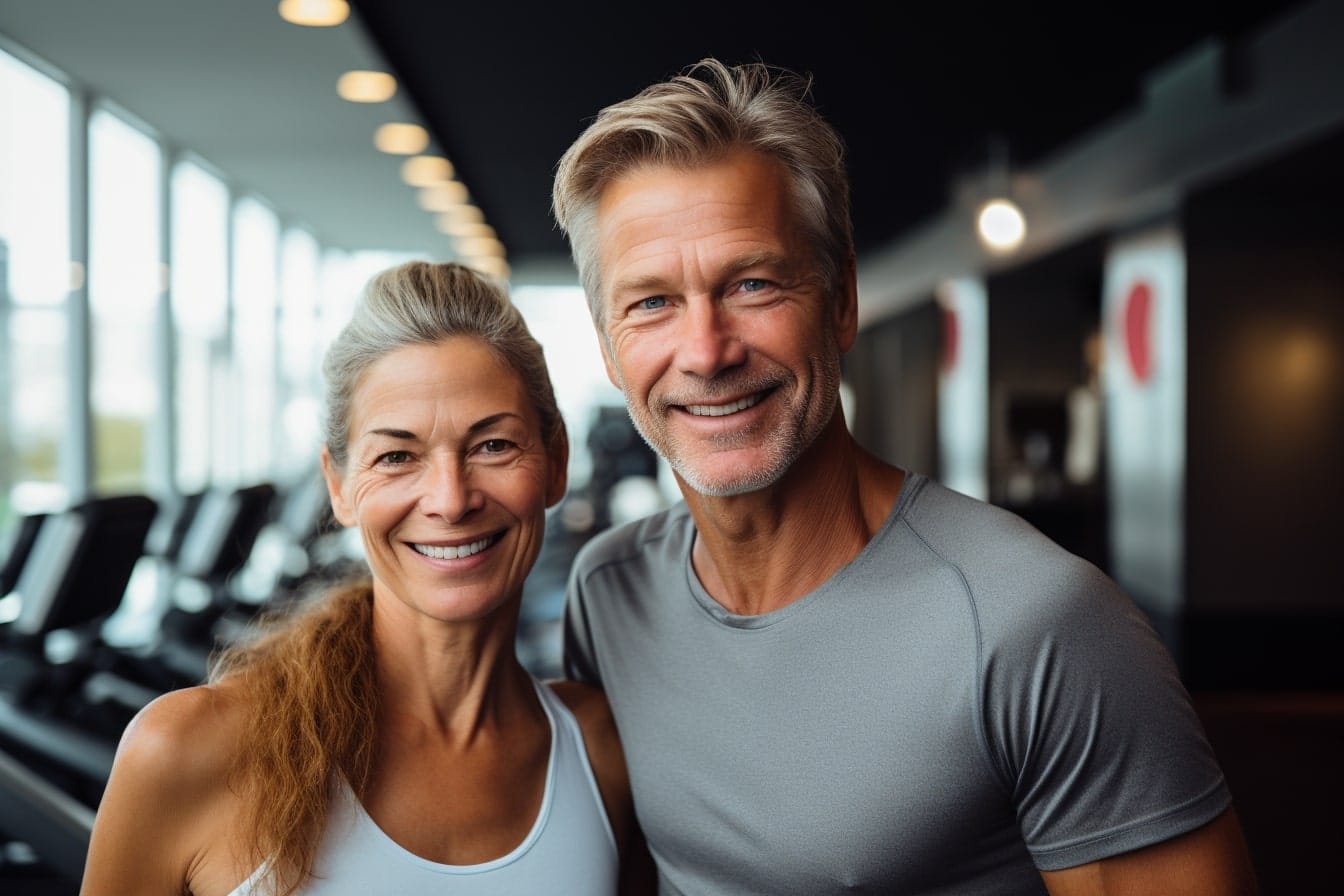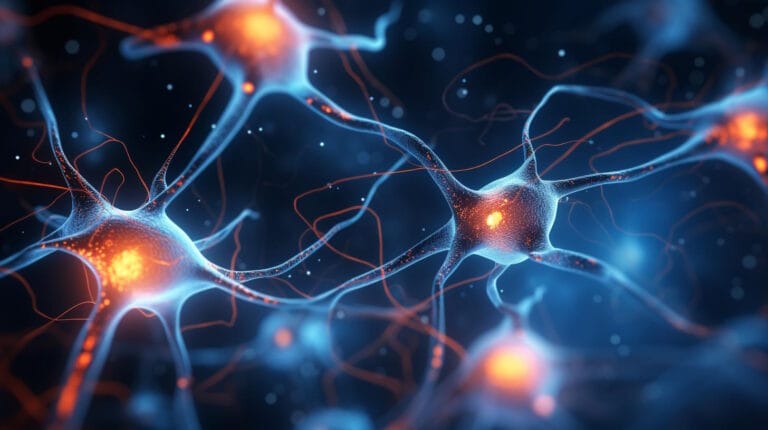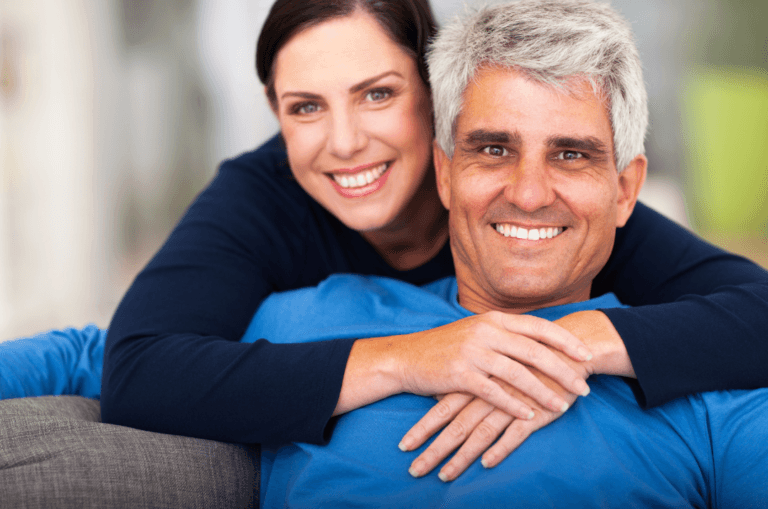The Fountain of Youth: How Staying Active Keeps Us Young
For centuries, explorers have sought mythical fountains of youth, hoping to turn back the hands of time and reclaim the vitality of youth. As the big 5-0 approaches for many of us, maintaining health and vigor likely becomes more of a priority than ever before. We start to wonder if there are any real-life “fountains of youth” out there.
The good news is that while Ponce de Leon never found his enchanted waters, a very real fountain of youth exists that has the power to combat aging’s effects: physical activity. Extensive research shows staying active serves as one of the most potent anti-aging elixirs at our disposal for enhancing health across the board.
It makes sense that the natural physical decline accompanying our later decades can feel unsettling. But taking an active role through fitness offers hope for slowing aging’s impact. By re-committing to regular workouts as we mature, we safeguard ourselves against major health threats, retaining physical function and independence longer. Just as importantly, moving our bodies keeps our minds sharper, emotions more uplifted, and social connections alive.
The key insight here is that just because we’re over 50, it doesn’t mean we should stop incorporating physical activity into our lifestyles. In fact, staying active has become more critical than ever for promoting long-term vitality across all facets of life. Let’s dive deeper into the fountain’s restorative waters to see
Combating Major Health Threats
Combating Major Health Threats The fountain of youth’s waters holds real power when it comes to improving health and fighting disease. The Centers for Disease Control and Prevention (CDC) report that getting enough physical activity can prevent and improve several serious age-related risks, including:
Cardiovascular Disease Regular physical activity strengthens the heart muscle, allowing it to pump blood more efficiently throughout the body with less effort. Exercise also reduces body-wide inflammation, helps control blood pressure and cholesterol levels, and prevents plaque buildup in the arteries, together combating major precursors of heart disease.
Exercise regulates blood sugar levels by making cells more sensitive to insulin. This lowers insulin resistance, which is tied to type 2 diabetes. Physical activity also helps regulate appetite hormones that impact weight, which is strongly tied to diabetes development. Thus, regular workouts are critical both for diabetes prevention and symptom management.
Overweight/Obesity Age-related muscle loss paired with lifestyle changes frequently results in dangerous fat gains over 50. These raise the risk of a number of conditions, like cancer and arthritis. But staying active helps counteract the increased body fat percentage resulting from the natural aging process. Combining aerobic activity with strength training is optimal for building metabolism-boosting lean muscle mass.
Osteoporosis: weight-bearing activities like walking, dancing, tennis, or strength training place healthy stress on bones. This stimulates increased production of bone-building cells, preserving bone mineral density. Lifting weights just twice a week shows major benefits for protecting bone health in both men and women.
Cognitive Decline Perhaps unexpectedly, staying physically active benefits the mind as much as the body. Exercise has been shown to stimulate the production of growth factors that generate new brain cells. It also strengthens connections between brain cells, boosting memory, learning, and overall cognitive performance. Thus, moving our bodies literally protects our gray matter, keeping our minds sharper for longer.
These factors all contribute to cardiovascular disease. Exercise also plays a big part in regulating blood sugar levels and insulin resistance, which are critical for preventing and managing type 2 diabetes. It’s vital for maintaining a healthy weight and offsetting age-related fat gains. Weight-bearing activity also strengthens bones, slowing the loss of bone mineral density and reducing fractures.
Evidence-Based, Full-Body Exercises for Longevity
When it comes to tapping into physical activity’s anti-aging effects, what exactly should our exercise regimen include? A balanced fitness approach trains all components: flexibility, cardio, strength, and balance. Here’s a deeper look at recommendations based on sports medicine research:
Cardiovascular Training
The American Heart Association advises aiming for at least 150 minutes per week of moderate-intensity cardio or 75 minutes of vigorous intensity. This keeps the heart, lungs, and circulation in peak condition. Mix up activities like walking, swimming, and cycling to allow full recovery between workouts. Those new to training can start low with 30-minute daily walks.
Strength Training
Focus strength sessions on major muscle groups 2-3 days per week for optimal results. This preserves needed lean muscle mass and revs metabolism. Compound lifts like squats, deadlifts, and presses that recruit multiple large muscles simultaneously are ideal. Include targeted moves like bicep curls and lateral raises to fully develop all areas. Using resistance bands, dumbbells, or even household objects gets the job done.
Flexibility Training
Daily flexibility training maintains joint health and range of motion while reducing injury risk, helping ensure we keep moving. Yoga offers whole-body stretching and hip openers through simple flows. Dynamic moves like leg swings and arm circles warm up joints pre-workout too. And self-myofascial release with foam rolling targets specific trouble spots, like tight IT bands and lower backs.
Balance Exercises
Sharpening balance safeguards against falls, which often lead to serious injury and disability in older populations. Tai chi, honed over centuries, centers equilibrium through flowing, meditative patterns. Practicing controlled movements on unstable surfaces like BOSU trainers also tests and improves stability through challenge. And real-world applications like standing on one foot while brushing teeth strengthen functional poise.
Maximizing Vitality and Fulfillment Through Active Aging
Science confirms that staying physically active serves up anti-aging benefits spanning body, mind, and soul, profoundly enhancing wellbeing.
Physical Performance
Regular exercise preserves the ability to complete daily tasks with ease while maintaining independence for longer. Cardio workouts and strength training build endurance, allowing us to walk further and carry groceries with less fatigue. Flexibility training keeps joints supple, so we can bend to tie shoes or get in and out of vehicles pain-free. And balance skills ensure we possess the stability to walk confidently on uneven terrain without fear of falling.
Cognitive Performance
Exercise uniquely benefits blood flow, neuron connectivity, and gray matter volume in the brain. This directly translates to better memory retrieval speed and accuracy. Workouts also stimulate growth hormone production, which facilitates cognitive focus and concentration skills. Challenging activities requiring coordination, like tennis or dancing, give the brain an extra training boost. The end result is staying mentally sharp into older age.[14]
Emotional Wellbeing
Physical activity releases feel-good endorphins, providing natural mood elevation and giving emotional health a boost. Studies confirm regular exercisers have lower rates of anxiety, depression, and perceived stress while reporting higher self-esteem. Group exercise settings also help create emotional connections. Laughter yoga blends playfulness and social bonds, enhancing joy and quality of life.[15]
Social Connections
Group classes, sports leagues, walking clubs, and other physically active social settings allow for meaningful relationship development, countering isolation’s negative effects. Bonding over shared interests and accomplishments fosters camaraderie. And supportive fitness communities motivate members toward continued progress. Maintaining these social ties promotes overall life satisfaction and emotional fulfillment.
The Bottom Line
When Juan Ponce de León sailed uncharted waters seeking mythical restorative springs, he clearly didn’t have access to the scientific insights confirming exercise’s fountain of youth properties. Still today many aging adults overlook or underestimate physical activity’s anti-aging impacts.
Hopefully examining the expansive health preserving and vitality boosting effects of staying active offers renewed motivation to make movement a priority. While some physical decline accompanying maturity remains inevitable, much can be actively combated through lifestyle fitness. Prioritizing regular workouts provides very real disease fighting, cognitive enhancing, mood lifting, and social connecting properties helping us feel vigorous and empowered regardless of age.
The keys are finding activities you enjoy suitable to your current abilities, setting attainable goals, and focusing on progress not perfection. Embracing exercise as self-care rather than a chore makes it more sustainable. Enlist friends, family or fitness trackers to help provide extra accountability and encouragement along your journey too!







